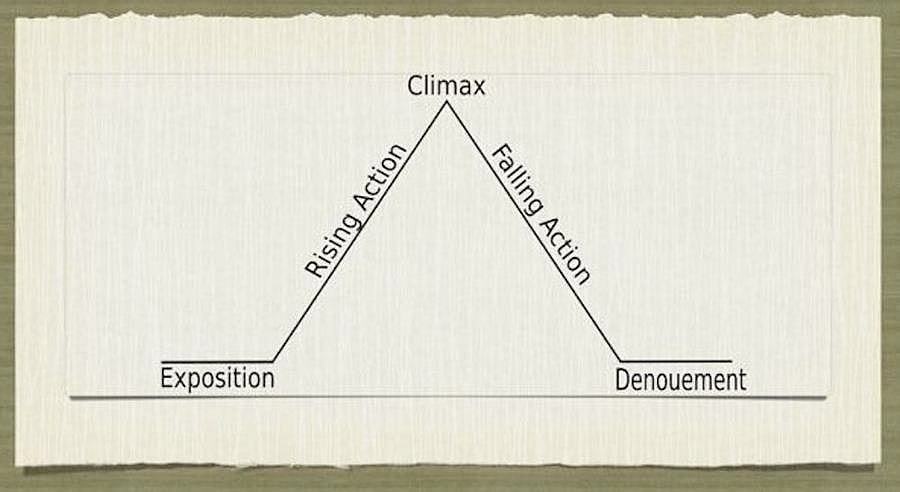The science behind why stories sell and data doesn’t

“Data can persuade people, but it doesn’t inspire them to act.”
(Don’t worry, this is not a scientific post)
You’ve heard it, stories are an excellent way to get that emotional connection with an audience, or customers.
But why? We do believe it, but is there some science behind this?
Actually, there is.
Today’s article does an excellent job in linking our beliefs about storytelling to actual scientific findings as to why.
Clare Dodd published a summary of multiple research papers on storytelling and there are some great nuggets in there.
Keith Queensbury of Johns Hopkins conducted an analysis of 108 Super Bowl adverts. He found that, ‘regardless of the content of the ad, the structure of that content predicted its success.’ In other words, telling a story was better than listing features (or anything else for that matter).
She also dives into findings that show how the brain of a person telling a story and a person listening to that story can synchronise.
When [she] spoke English, the volunteers understood her story, and their brains synchronized. When she had activity in her insula, an emotional brain region, the listeners did too. When her frontal cortex lit up, so did theirs. By simply telling a story, the woman could plant ideas, thoughts and emotions into the listeners’ brains.
There are also links to Freytag’s pyramid, shown at the top of this post, on how stories should be built.
All this might sound really scientific and dry, but the article is well worth the read, as Clare Dodd really explains various aspects of storytelling (and links to the actual studies if you want to read even more).


